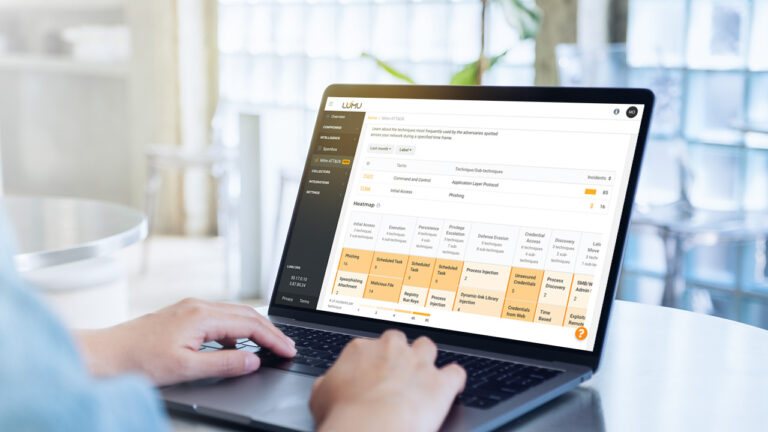Every modern amenity we possess owes its effectiveness to testing. From the device you use, to the vehicle you ride, to the food you eat: everything underwent strenuous testing to verify its quality, durability and safety. Constantly improving testing procedures safeguards everyone’s way of life. An example of a field that has perfected its testing practices is the aviation industry. Flight safety testing is applied so rigorously, that flying is now the safest transportation method, regardless of its apparent riskiness.
Cybersecurity testing has a lot to learn from the aviation industry model. In recent years the number of data breaches have grown rapidly and testing procedures have stagnated. Conventional security testing relies on two main branches: penetration testing and vulnerability assessment, which focus on checking the permeability of a system’s outer defenses. While these procedures will remain necessary, they fail as a comprehensive package. Therefore, we must reach the next evolution in security testing. After all, as Einstein said, “Insanity is doing the same thing over and over again and expecting different results.”
For a deeper dive into this topic, we have put together a white paper that explores:
- The evolution of testing and how it enables life as we know it.
- What can be learned from the aviation industry and how those lessons can be applied to cybersecurity.
- Why we have false expectations on penetration testing and vulnerability assessments.
- Precisely how and why testing practices must evolve to include continued compromise assessment.
For more information on how Lumu achieves continuous compromise testing, check out the white paper It’s Time to Evolve Security Testing.




